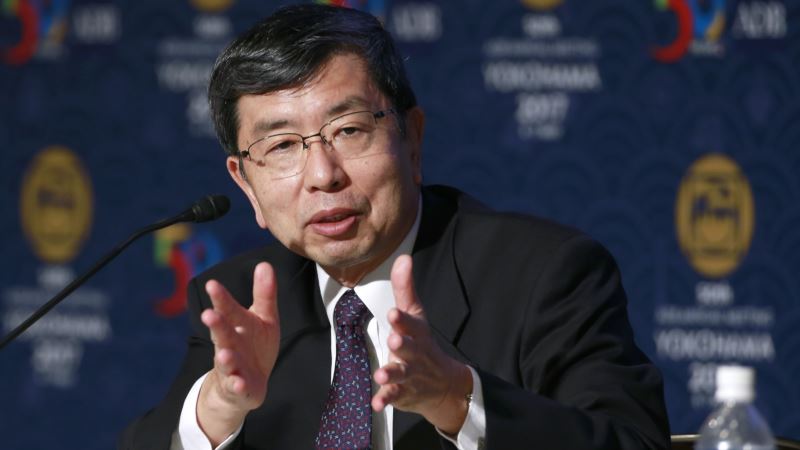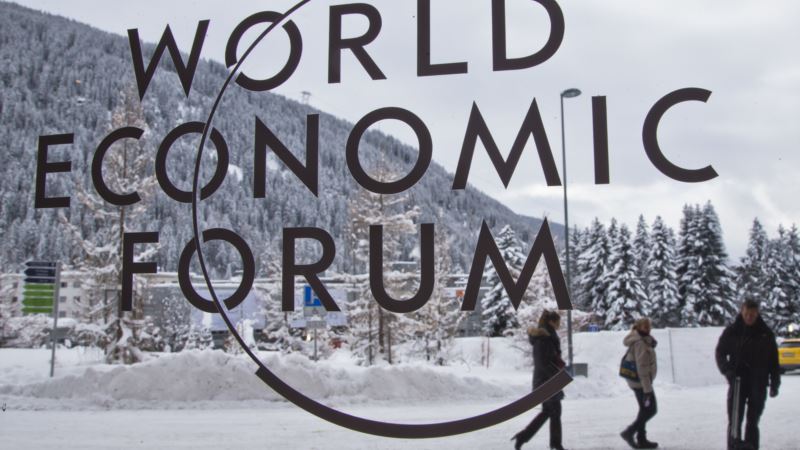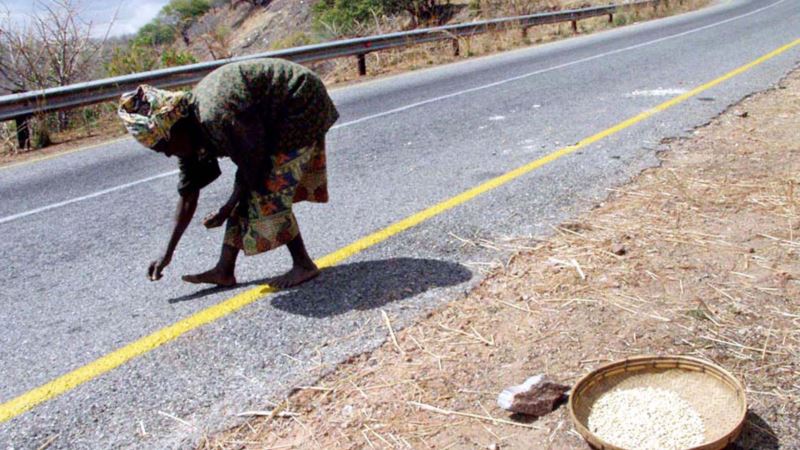The Asian Development Bank is holding its annual meeting in Japan, where bankers and leaders are assessing how they can support growth as income inequality grows in both rich and poor countries. The ADB has worked for a half-century to fight poverty and support the region’s ascent as a global center of growth, but poverty remains a daunting problem for such lenders. It estimates more than $26 trillion will be needed by 2030 to build roads, ports and other infrastructure required to support economic growth and cope with the repercussions of climate change. The Manila, Philippines-based ADB began its annual meeting in Yokohama Thursday. In 2016, the ADB issued loans totaling $31.7 billion, up 18 percent from the year before. Poverty a ‘considerable burden’ Asia needs all the help it can get in fighting poverty as both wealthy and poor nations grapple with widening inequality, former ADB President Haruhiko Kuroda, who is now Japan’s central bank governor, said in a speech earlier this week. “Poverty continues to be a considerable burden in Asia,” he said. The ADB has dozens of member nations but has been led by Japan and the U.S. since its founding in 1966. Among many other projects, the ADB over the years has financed maternity clinics in Bangladesh, flood-control work in Chinese cities, tuna fishing in Indonesia, irrigation repairs in Nepal and fiber-optic cable connecting Tonga to the rest of the world. It has begun co-financing some projects with the China-backed Asia Infrastructure Investment Bank, which some critics view as a rival to traditional lenders like the ADB and World Bank. Share of global commerce doubles The past 50 years have seen Asia’s share in global commerce more than double to nearly a third of the total in 2015. Meanwhile, average lifespans have growth to 74 years in East Asia and the Pacific and to 68 in South Asia, from 49 years and 45 years, respectively. But about 60 percent of the 1.5 billion people living in extreme poverty, on less than $1.90 a day, are in Asia.
Asian Development Bank Weighs Growth, Income Inequality






